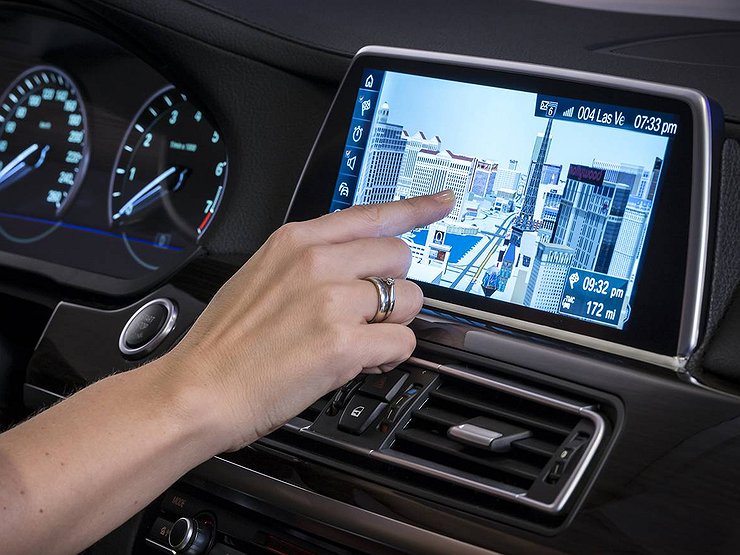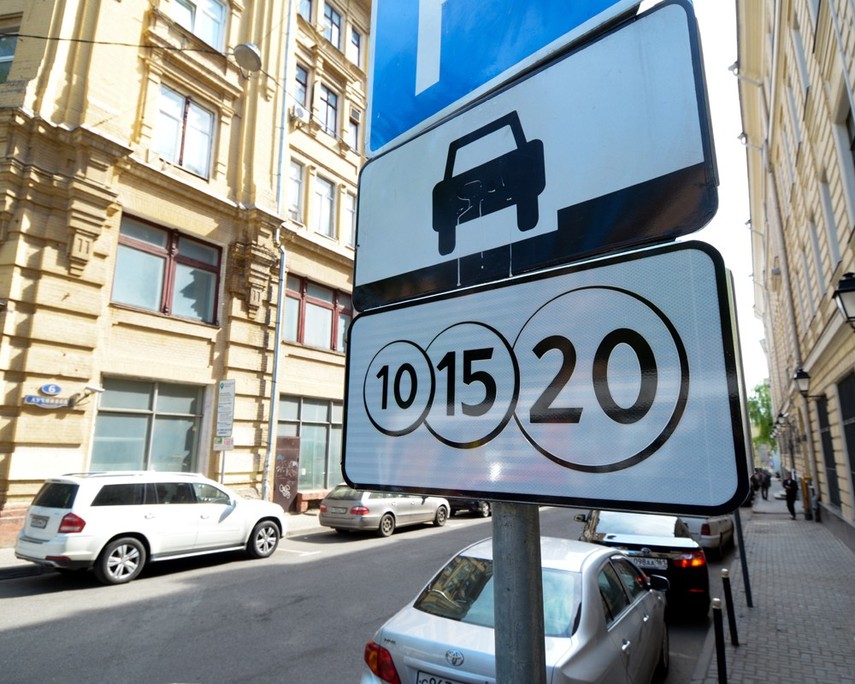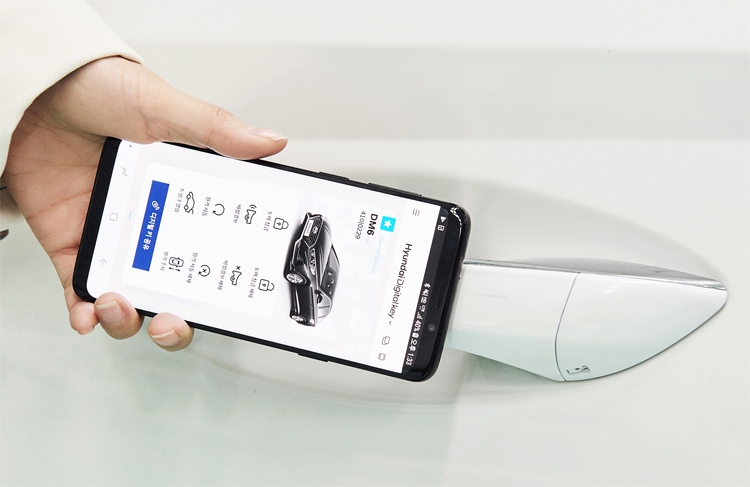Technology is being improved. Automakers are now trying to make cars not only high-quality with a long service life, but also comfortable for drivers. With the introduction of the new 5G network, cars will be equipped with sensors that will open up new possibilities for driving and servicing cars.

Interactive parking maps
Finding free parking spaces takes time, money, and nerves. Solutions are being developed that will allow drivers to find out where they can find a free parking space and whether it will remain free.
Drivers will receive real-time information about available parking spaces along the curb or in a closed parking lot. Using ultrasonic sensors, each car will be able to register empty seats when it passes through the city, even if the drivers themselves are not looking for parking places.

Thus, more and more accurate information will be collected from a large number of vehicles. Sensors will be able to take into account traffic in nearby streets to prevent multiple drivers from simultaneously sending to one accessible parking space. Interactive maps will also take into account the features of the time of day, seasonality and other factors.
Smartphone instead of a key
Many cars have a card instead of an ignition key. But soon, automotive technology will allow you to use your smartphone instead of trinkets. Cars will feel the phone of an authorized driver at a distance of 10 meters, turning it into a virtual key and allowing it to set doors for automatic unlocking when approaching the car. The doors will close when the driver leaves the car.
Virtual keys have several advantages: they prevent the loss of a standard key fob or its replacement at a high price, and you can also lend someone your car by simply providing access through the application. But there are still questions that do not yet allow widespread adoption of the technology to the masses, for example, what happens if the phone runs out or can you drive a car if you lose the phone?

The security of the car system will depend on the security of the phone. As you know, the phone has a shorter life than a car. The good news is that smartphone makers usually fix known security flaws with software updates more often than car makers fix faulty hardware.
Predictive repair
When it comes to buying high-performance cars and trucks, future car owners rely on brand reliability statistics to improve uptime. Some companies with their own fleet are moving to a new model of work: they choose predictive analytics and introduce new, sophisticated technologies to achieve this.
Predictive maintenance includes: data from pressure, vibration, and temperature sensors, as well as voltage and flow meters. By integrating this data with predictive modeling software, you can identify patterns from the past and gain insight into the future.

Reliability oriented service will be possible. This is the ability to predict what will happen next, in real time, to provide repair instructions and identify spare parts - even before the machine arrives in service. This will reduce the time spent on diagnostics by up to 70% and repair time by up to 20%.